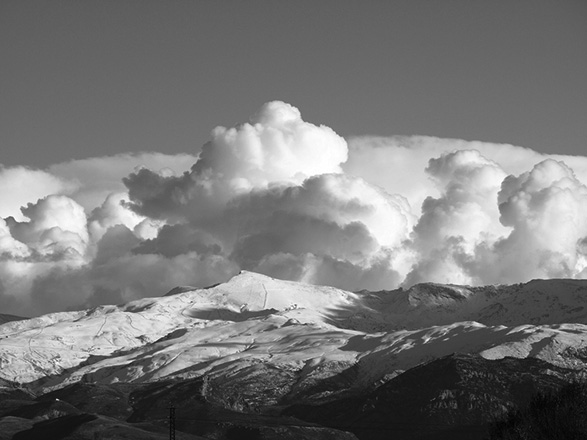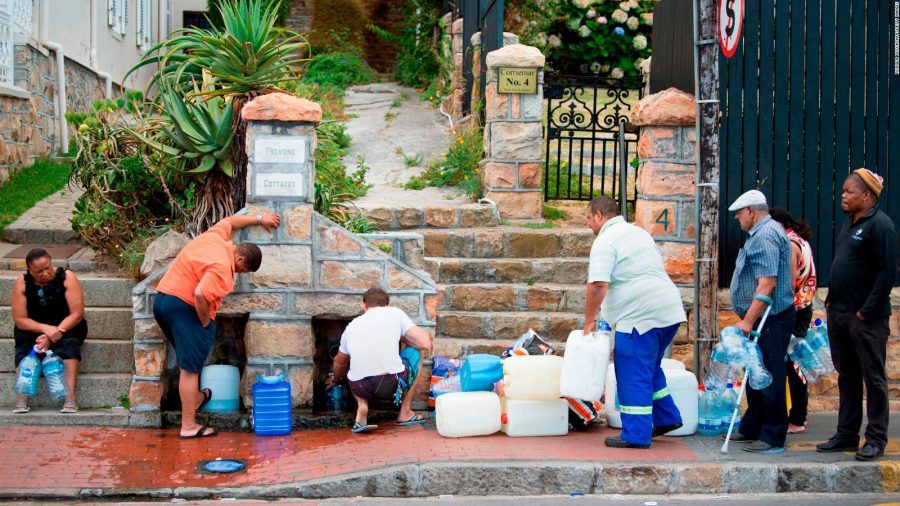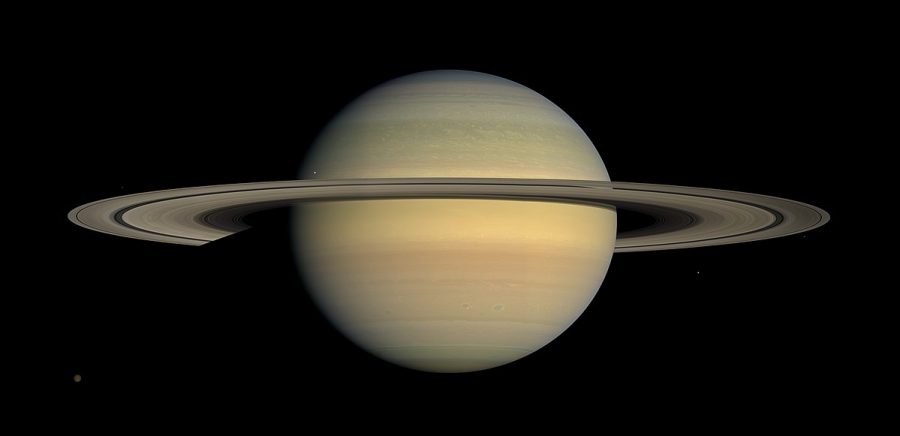By Shen Gao
Staff Writer
Sierra Nevada is a mountain range spanning across central-eastern California and part of Nevada. Essential to the state’s water supply, Sierra Nevada provides about 30 percent of the fresh water resources in California. The rest of the state’s water comes in part from underground aquifers, which are groundwater resources that are found in between rock layers, as well as sources such as rivers and reservoirs.
The mountain range has been monitored since the 1930s by over 100 measuring stations throughout the mountain range. Data collected on April 1 of this year indicates that the amount of snow water equivalent was only 5 percent of that of the average since monitoring began decades ago.
The snowpack near the Phillips measuring station usually reaches a height of 5.5 feet at that time of year; however, this past April 1, there was barely any snow on the ground of the meadow, where California Governor Jerry Brown ordered never-before-seen drought restrictions. These restrictions included cutting water use across the state of California by 25 percent.
In a research paper published recently in the journal “Nature Climate Change”, scientists made an estimate that the amount of snow remaining in the Sierra Nevada is the lowest in more than 500 years. According to this, similar amounts of snow haven’t been seen since the 16th century.
This concern also ties into the issue of climate change. There will be less snow and more rain in the area due to the warming temperatures, and the concern now becomes how to save what little snow is left from just going to the ocean. It can be inferred that human activities may have caused the aspect of climate change that has brought on the phenomenon found at Sierra Nevada.




















